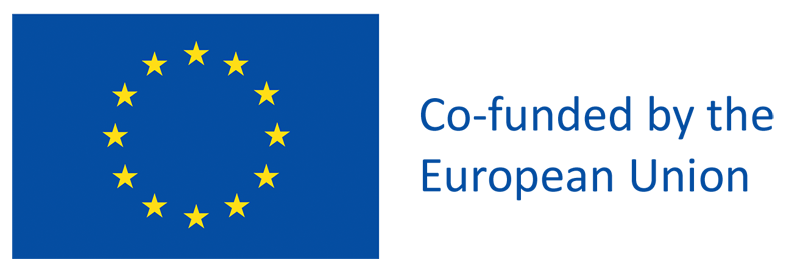UNDERSTANDING BREAST CANCER
Different screening options
Breast cancer screening is key for early detection and improving outcomes for people at risk. Several screening methods are available, each with benefits and limitations. Choosing the right method is important and can depend on factors like age and risk.
Mammography (Full Field 2D Digital Mammography or 3D Digital Breast Tomosynthesis)
Mammography is the most used screening method. It involves taking X-ray images of the breast to look for any lumps or abnormalities.
Benefits:
It’s effective at finding early-stage cancers and has been shown to reduce death rates from breast cancer. Limitations:
Mammography might give false-positive or false-negative results, especially in younger women or those with dense breasts. It also involves low-dose radiation, which is generally considered safe.
- Mammography During Pregnancy and Lactation: Mammography can be done safely during pregnancy, but it might be less effective due to increased breast density. For women who are breastfeeding, it’s recommended to feed or express milk before the exam. Extra radiation shielding isn’t necessary.
Use of Artificial Intelligence (AI) in Mammography: Novel software based on AI is currently used in some clinics to help doctors detect early signs of breast cancer. It analyses images from mammograms, spotting tiny changes or abnormalities that might be hard for the human eye to catch.
Breast Self-Examination (BSE)
What It Is:
BSE involves checking your own breasts regularly for any changes such as thickening of the breast tissue, skin dimpling/puckering or lumps.
Benefits:
It helps you become more familiar with your breasts and detect changes early.
Limitations:
It can lead to false alarms and anxiety. Studies show it may not reduce death rates as effectively as other methods.
Clinical Breast Examination (CBE)
What It Is:
A healthcare professional performs a physical breast exam to check for lumps or abnormalities.
Benefits:
It can be useful when mammograms aren’t available or accessible.
Limitations:
Its accuracy depends on the skill of the examiner and may not catch smaller lumps as effectively as a mammogram and/or other imaging.
Breast Ultrasound
What It Is:
This method uses sound waves to create images of the breast and helps determine if a lump is solid or filled with fluid.
Benefits:
It’s non-invasive and doesn’t use radiation. It can be helpful in examining lumps found on a mammogram.
Limitations:
Ultrasounds may not be as good as mammograms at detecting early-stage cancers such as calcifications.
Breast MRI (Magnetic Resonance Imaging)
What It Is:
MRI uses magnetic fields and radio waves to create detailed images of the breast.
Benefits:
It’s very sensitive and can detect cancers not visible on mammograms, especially in women at high risk.
Limitations:
It has a higher chance of false positives, leading to unnecessary biopsies. It’s also more expensive.
- MRI During Pregnancy and Lactation: MRI isn’t recommended during pregnancy due to breast changes, but it can be used in some cases. For asymptomatic women, MRI screening can be resumed 3 months after giving birth or stopping breastfeeding.
Genetic Testing
What It Is:
Genetic testing looks for specific mutations (like BRCA1 or BRCA2) that increase the risk of breast cancer.
Benefits:
It helps identify people at higher risk, allowing for personalized screening and preventive measures.
Limitations:
Genetic testing only applies to a small portion of the population, and not everyone with mutations will develop cancer.
Conclusion
Breast cancer screening involves a mix of methods. Each option has its strengths and weaknesses, which is why it’s important to talk to your healthcare provider. They can help determine the best screening plan based on your risk factors and preferences. Regular screenings and ongoing advances in technology can improve early detection and outcomes.



